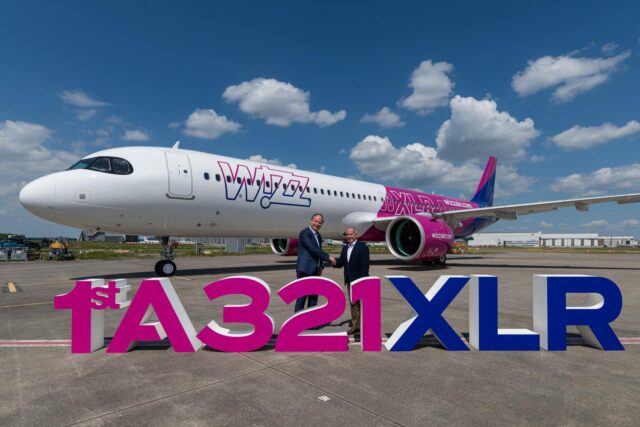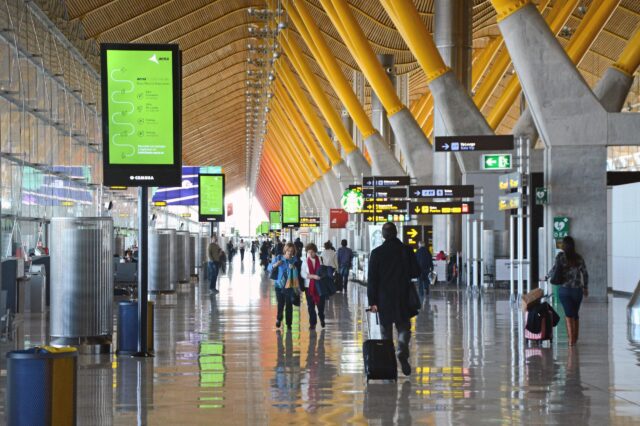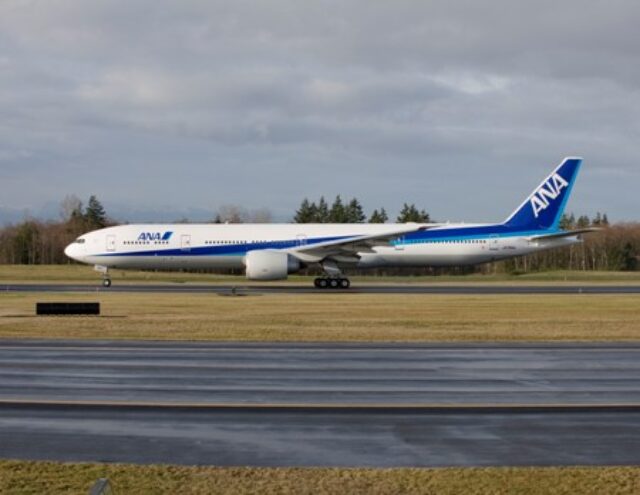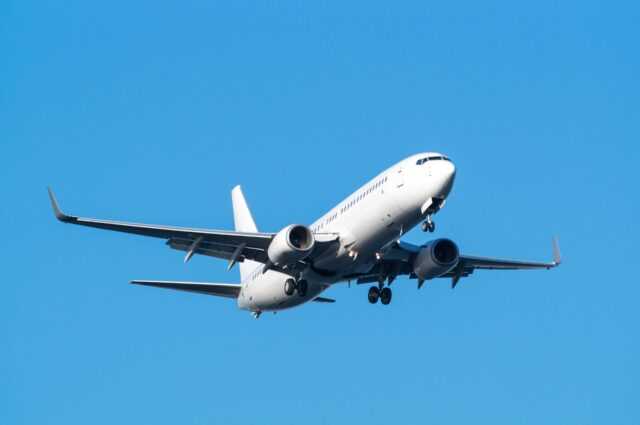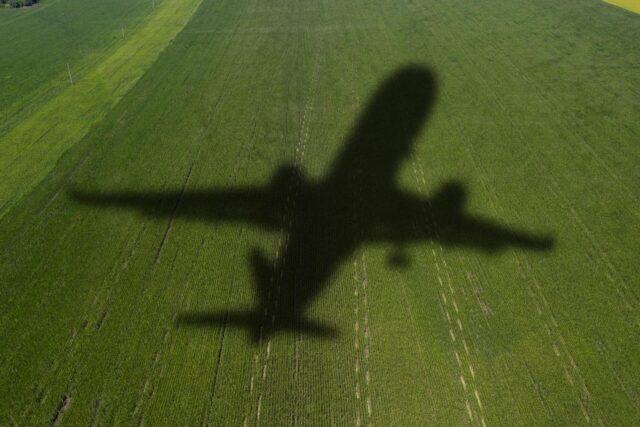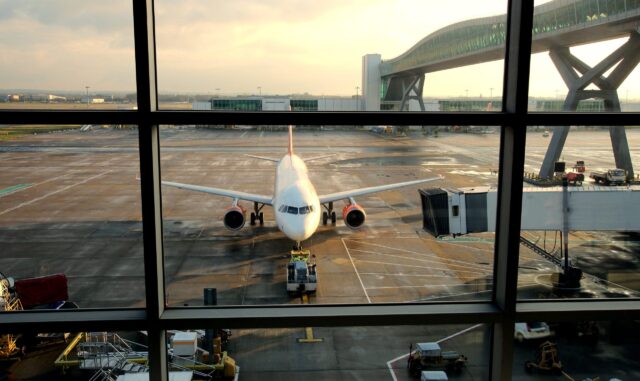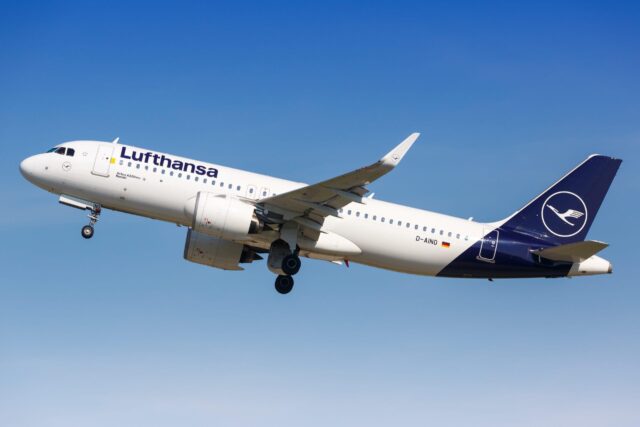First eVTOL AOCs in the world granted by CAAC
March 31, 2025

The Civil Aviation Administration of China (CAAC) has granted the world’s first Air Operator Certificate (AOC) to an eVTOL operator, with EHang and its joint venture company Hefe Heyi Aviation Company now permitted to run human-carrying flights with the EHang EH216-S. A separate AOC has also been granted to EHang subsidiary Guangdong EHang General Aviation.
These milestone permissions come some 17 months after the Chinese OEM successfully obtained CAAC type certification for its two-seat, autonomous vehicle, which also became the first eVTOL worldwide to obtain a TC. Adding to its “multiple historical certification breakthroughs” (which also include the world’s first standard airworthiness certificate and production certificate for pilotless human-carrying eVTOL aircraft), “with the newly granted OC, EHang becomes the world’s first eVTOL company to achieve the full suite of regulatory certifications,” explained the manufacturer.
Commercial services will commence at related operation sites” in Guangzhou and Hefei, confirmed EHang, with low-altitude tourism, urban sightseeing, and “diverse commercial human-carrying flight services” among the first use cases.
In late 2019, EHang named Guangzhou as its first urban air mobility ‘pilot city’; promising to establish a low-altitude transportation network to shuttle passengers and goods “in a safe, fast, environmentally friendly, cost-efficient and intelligent way”. To date, EHang has also made numerous demonstration flights in cities around the world including in Europe, the UAE and South America.
Perhaps in anticipation of an upcoming AOC, in January this year EHang announced its total revenues for the fiscal year 2024 are expected to reach £50 million; an increase of 6% from previous guidance and a 287% year-on-year increase. This upward performance represents what the OEM described as stronger than expected market demand for its EH216-S, with Ehang chief operating officer Zhao Wang describing the aircraft as “in high demand across a range of industries, including tourism, emergency response, logistics, and firefighting”.

